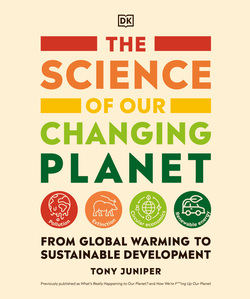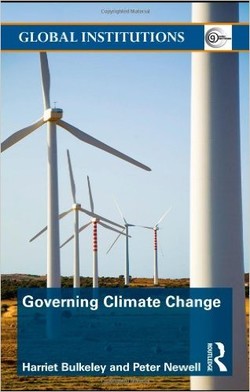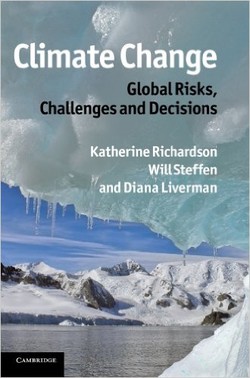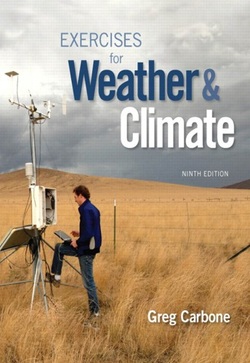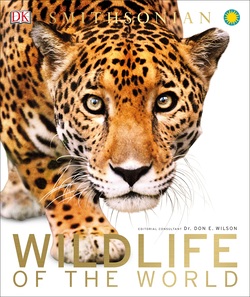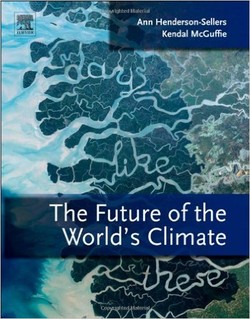دانشمندان سالها هشدار دادهاند که فعالیت بشری باعث گرمشدن کره زمین و به دنبال آن تغییرات اقلیمی میشود.
در قرن گذشته، دمای زمین به طور متوسط 1.3 درجه فارنهایت افزایش داشته است، روندی که انتظار میرود سریعتر پیش رود.
اما زمان زیادی طول میکشد تا احساسات عمومی با این واقعه آشنا شود و ما هنوز در ابتدای کسب آگاهی از اثرات جدی این تغییرات هستیم که تمام حیات کره زمین را دربر میگیرد.
در حال حاضر چالش اصلی، ارائه جدیدترین علوم، به دست مدیران منابع در جهت حفظ آب، گیاهان، ماهیها و حیات وحش، زمینهای قبیلهای و مکانهای میراث فرهنگی در حیات وحش میباشد. اکولوژیست، Andrew Hansen با همکاری ناسا و وزارت داخلی کشورش، به همراه تیم دانشمندان و مدیران خود، مجموعهای را ترتیب داده است تا نشان دهد چگونه استفاده از زمین و اقلیم، مناظر کوهستانی راکی و آپالاش را تغییر خواهد داد و چگونه این یافتهها میتوانند قابل اجرا بر روی دیگر حیات وحش باشند.
آنها تغییرات قرن گذشته و همچنین تغییرات مورد انتظار آینده را بررسی میکنند، آسیبپذیری گونهها و اکوسیستمها به این تغییرات و رویکردهای جدید و مشارکتی مدیریتی برای کاهش اثرات مورد انتظار را ارائه میدهند.
مجموعهای از مطالعات موردی، نشان میدهد که چطور مدیران میتوانند با این مشکلات وسیع، از جمله اثرات جریانهای گرمایی در ماهیهای آب سرد در پارک ملی کوه بزرگ اسموکی و مرگ پوست درخت کاج سفید در ناحیه یلوستون، مبارزه کنند.
عجیبترین یافته جدید این است که گونهها و اکوسیستمها به طور چشمگیری در آسیبپذیری از تغییرات اقلیمی متفاوت عمل میکنند. یعنی درحالیکه بسیاری از آنها از اثرات شدید رنج میبرند، بسیاری دیگر از این تغییرات پیشبینیشده سود میبرند.
در قرن گذشته، دمای زمین به طور متوسط 1.3 درجه فارنهایت افزایش داشته است، روندی که انتظار میرود سریعتر پیش رود.
اما زمان زیادی طول میکشد تا احساسات عمومی با این واقعه آشنا شود و ما هنوز در ابتدای کسب آگاهی از اثرات جدی این تغییرات هستیم که تمام حیات کره زمین را دربر میگیرد.
در حال حاضر چالش اصلی، ارائه جدیدترین علوم، به دست مدیران منابع در جهت حفظ آب، گیاهان، ماهیها و حیات وحش، زمینهای قبیلهای و مکانهای میراث فرهنگی در حیات وحش میباشد. اکولوژیست، Andrew Hansen با همکاری ناسا و وزارت داخلی کشورش، به همراه تیم دانشمندان و مدیران خود، مجموعهای را ترتیب داده است تا نشان دهد چگونه استفاده از زمین و اقلیم، مناظر کوهستانی راکی و آپالاش را تغییر خواهد داد و چگونه این یافتهها میتوانند قابل اجرا بر روی دیگر حیات وحش باشند.
آنها تغییرات قرن گذشته و همچنین تغییرات مورد انتظار آینده را بررسی میکنند، آسیبپذیری گونهها و اکوسیستمها به این تغییرات و رویکردهای جدید و مشارکتی مدیریتی برای کاهش اثرات مورد انتظار را ارائه میدهند.
مجموعهای از مطالعات موردی، نشان میدهد که چطور مدیران میتوانند با این مشکلات وسیع، از جمله اثرات جریانهای گرمایی در ماهیهای آب سرد در پارک ملی کوه بزرگ اسموکی و مرگ پوست درخت کاج سفید در ناحیه یلوستون، مبارزه کنند.
عجیبترین یافته جدید این است که گونهها و اکوسیستمها به طور چشمگیری در آسیبپذیری از تغییرات اقلیمی متفاوت عمل میکنند. یعنی درحالیکه بسیاری از آنها از اثرات شدید رنج میبرند، بسیاری دیگر از این تغییرات پیشبینیشده سود میبرند.
سال انتشار: 2016 | تعداد صفحات: 408 | حجم فایل: 16.41 مگابایت | زبان: انگلیسی
Climate Change in Wildlands: Pioneering Approaches to Science and Management
نویسنده:
Andrew James Hansen PhD
ناشر:
Island Press
ISBN10:
161091712X
ISBN13:
9781610917124





